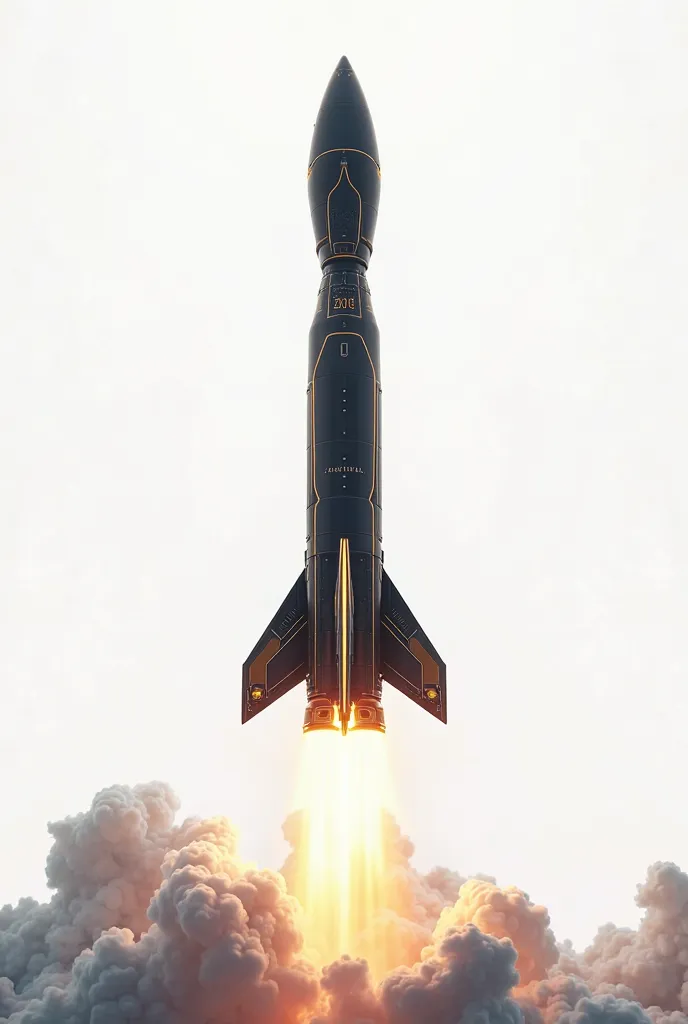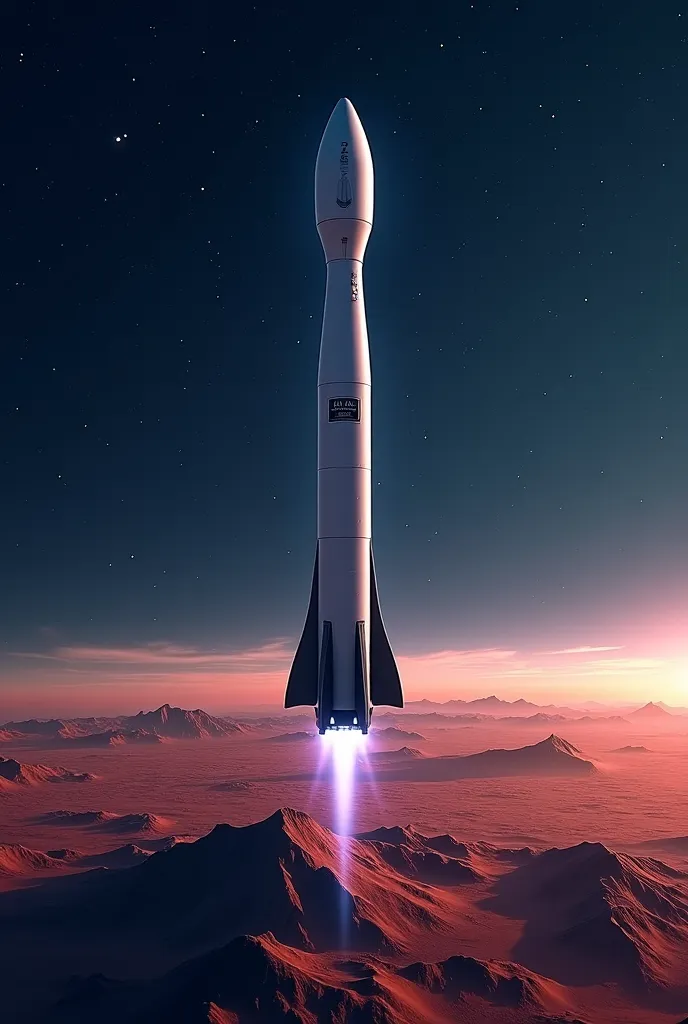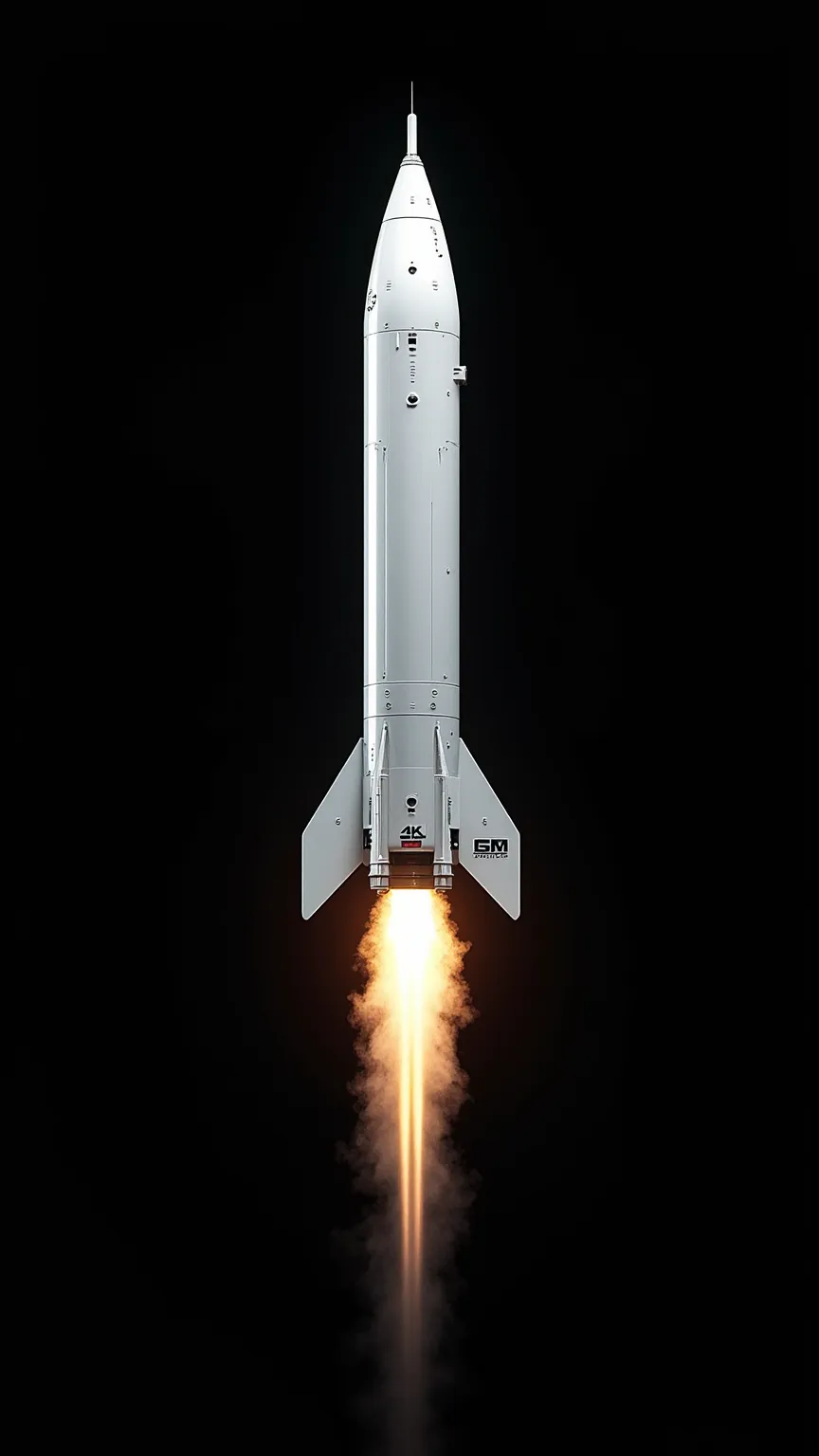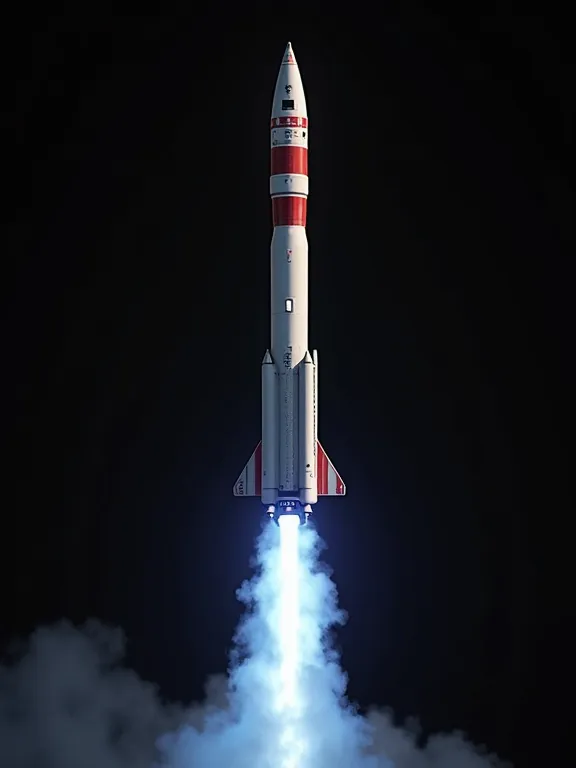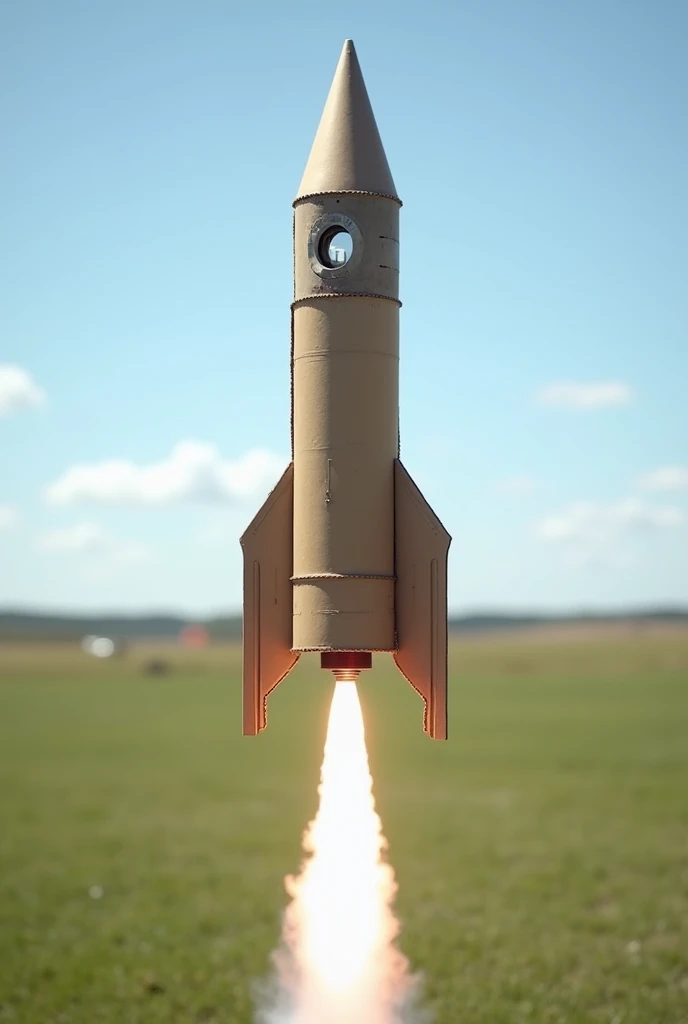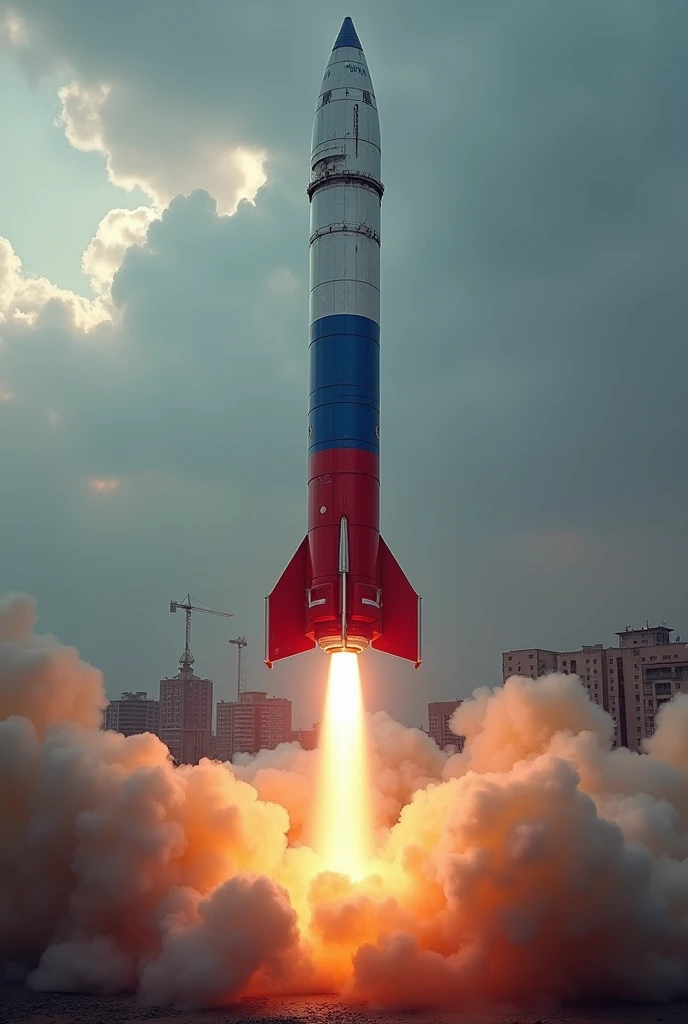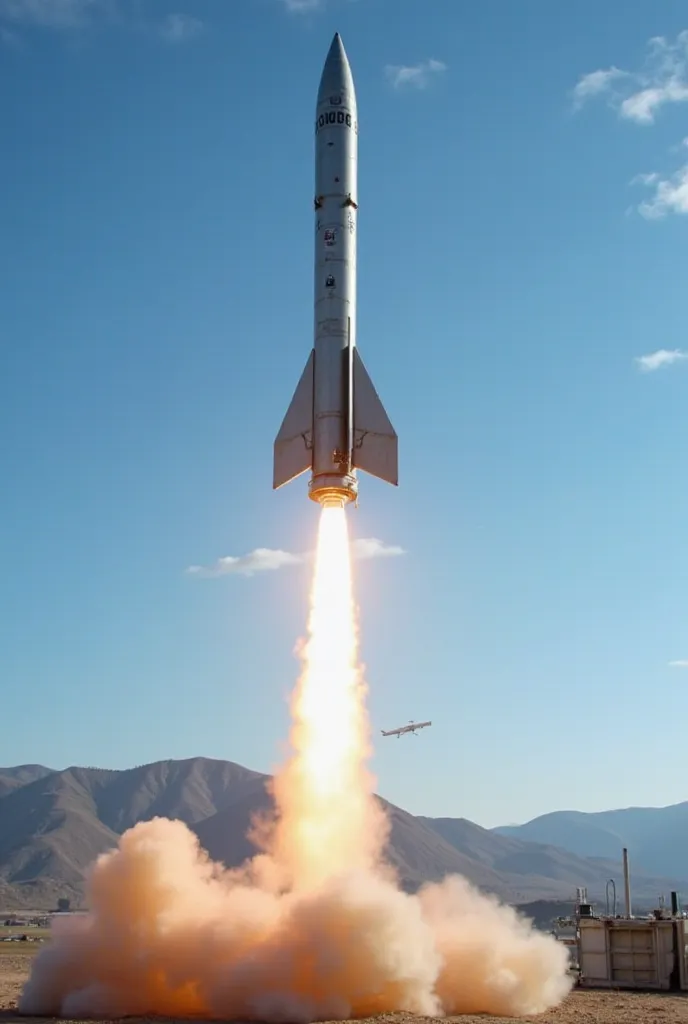Designing a cost-effective "fire and forget" missile capable of shooting down an


Designing a cost-effective "fire and forget" missile capable of shooting down an aircraft at a range of 25+ km involves several engineering disciplines, including propulsion, guidance systems, warhead design, and materials engineering. Here’s a high-level breakdown of how to approach it: ### Key Features and Components: 1. **Guidance System**: - A "fire and forget" missile requires an autonomous guidance system. Infrared homing (IR) or active radar guidance are cost-effective options. IR seekers lock onto the heat signature of the target, while active radar guidance uses onboard radar to track and hit the target. These systems ensure that once the missile is launched, no further input is needed from the operator. - Active radar systems are more expensive but less prone to interference, while IR systems are generally more cost-effective. 2. **Propulsion**: - A solid-fuel rocket motor is the most common choice for short to medium-range missiles due to its simplicity and reliability. - For ranges over 25 km, a two-stage propulsion system could be used. The first stage accelerates the missile, and the second stage sustains its velocity over longer distances. 3. **Range**: - To achieve the desired range, the missile will need efficient aerodynamics and propulsion. - Boosted by a solid-fuel rocket and guided by onboard systems, the missile can be kept lightweight while optimizing its range. 4. **Warhead**: - A high-explosive fragmentation warhead or proximity-fused warhead is typically used for air targets. Proximity fuses detect the target's proximity and detonate at the optimal time for maximum effect. - A warhead in the 10-15 kg range should be sufficient for most aircraft. 5. **Cost Optimization**: - **Materials**: Use lightweight but cost-effective materials such as aluminum alloys or composites for the missile's body. - **Seeker Technology**: An IR seeker is typically more cost-effective than an active radar seeker, though the ra
كلمة التلميح
نسخ
Designing a cost-effective "fire and forget" missile capable of shooting down an aircraft at a range of 25+ km involves several engineering disciplines
,
including propulsion
,
guidance systems
,
warhead design
,
and materials engineering
.
Here’s a high-level breakdown of how to approach it:
### Key Features and Components:
1
.
**Guidance System**:
- A "fire and forget" missile requires an autonomous guidance system
.
Infrared homing (IR) or active radar guidance are cost-effective options
.
IR seekers lock onto the heat signature of the target
,
while active radar guidance uses onboard radar to track and hit the target
.
These systems ensure that once the missile is launched
,
no further input is needed from the operator
.
- Active radar systems are more expensive but less prone to interference
,
while IR systems are generally more cost-effective
.
2
.
**Propulsion**:
- A solid-fuel rocket motor is the most common choice for short to medium-range missiles due to its simplicity and reliability
.
- For ranges over 25 km
,
a two-stage propulsion system could be used
.
The first stage accelerates the missile
,
and the second stage sustains its velocity over longer distances
.
3
.
**Range**:
- To achieve the desired range
,
the missile will need efficient aerodynamics and propulsion
.
- Boosted by a solid-fuel rocket and guided by onboard systems
,
the missile can be kept lightweight while optimizing its range
.
4
.
**Warhead**:
- A high-explosive fragmentation warhead or proximity-fused warhead is typically used for air targets
.
Proximity fuses detect the target's proximity and detonate at the optimal time for maximum effect
.
- A warhead in the 10-15 kg range should be sufficient for most aircraft
.
5
.
**Cost Optimization**:
- **Materials**: Use lightweight but cost-effective materials such as aluminum alloys or composites for the missile's body
.
- **Seeker Technology**: An IR seeker is typically more cost-effective than an active radar seeker
,
though the ra
معلومات
Checkpoint & LoRA

Checkpoint
SeaArt Infinity
#آلات
#خيال علمي
#SeaArt Infinity
0 تعليق
0
0
0















